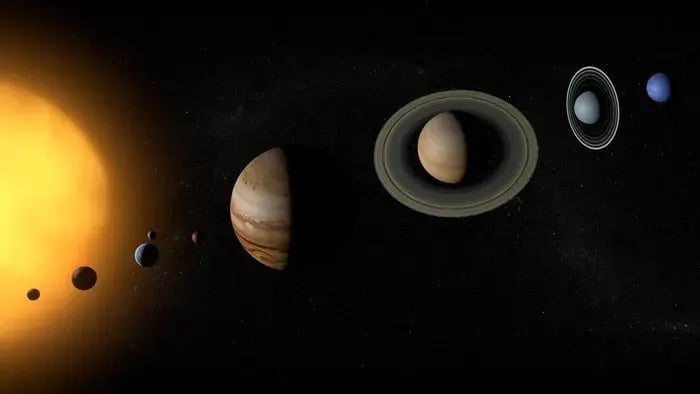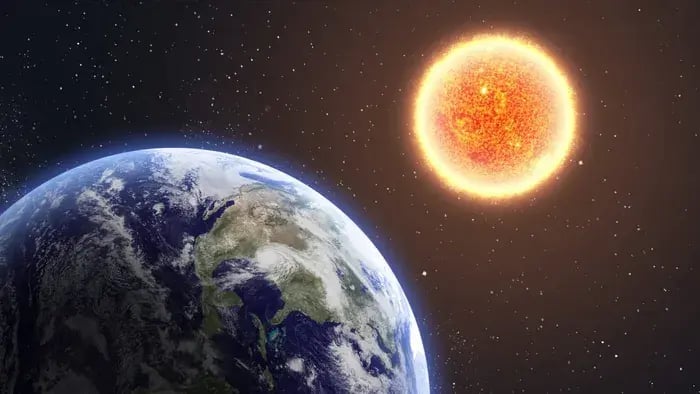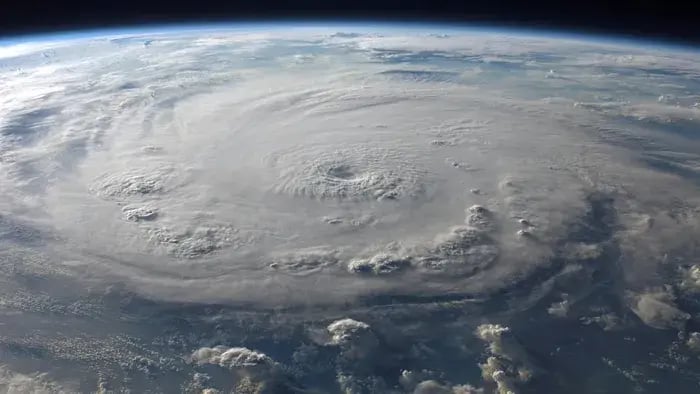- Earth Is The Only Planet To Have Life
- Earth Is The Third Closest Planet to the Sun
- Earth Is Very Old
- Earth Has Majorly Water
- Earth’s Atmosphere Consists of Various Gases
- Earth Has Changed A Lot
- Earth Is A Lot Smaller Than the Sun
Introduction
Learning about planets and space is an extremely exciting experience that can expose your child to a world full of opportunities and endless knowledge. However, learning can become a bit mundane and monotonous if one only focuses on theological aspects. One of the best ways to induce instant interest and engagement in studies is by introducing several different activities and making learning fun through exciting facts.
Hence, you can add some spark to your child's everyday space lessons by introducing them to fascinating facts about Earth. This may increase their knowledge about their planet, help them understand the origin of human life, and what the future holds for all of humankind. Moreover, it's a rather interesting way of getting your child's attention and encouraging them to explore things related to outer space on their own.
Interesting Facts About Earth That Will Fascinate Your Kid
If you're looking for the most engaging and age-appropriate facts related to the planet Earth for your child, then here are some of the perfect ones for you.
-
Earth Is The Only Planet To Have Life
Earth is the only planet in the solar system known to have life. No other planet supports an ecosystem that supports life. In fact, humans have not been able to detect any significant signs of life in the nearby planets and solar systems. However, there is a high possibility that other galaxies may have undiscovered habitable places that support life.
-
Earth Is The Third Closest Planet to the Sun

There are eight planets in the solar system, Mercury being the closest to the Sun. Earth, on the other hand, is third in the queue when it comes to its distance from the sun. The distance from the sun plays a huge part in why a day on Earth has 24 hours and a year has 365 days. Additionally, being third from the sun helps Earth receive optimal sunlight that is perfect for supporting human life.
-
Earth Is Very Old
As per How Old Is Earth, and How Do We Know? Earth is believed to be at least 4.5 billion years old. While human beings are believed to be only three lakh years old, the Earth has gone through a number of changes and shifts before human life was possible on it. There have been dinosaurs, mammoths, ice ages, and so much more before the present day flora and fauna could actually flourish on the planet.
-
Earth Has Majorly Water
The surface of the Earth consists of 70% water. Only the rest of 30% of the planet Earth consists of land masses. This means that more than 7 billion people inhabit only 30% of the planet Earth. Out of 70% of water, 96% is held by different types of potion bodies spread across the planet. These ocean bodies produce a large amount of oxygen through the aquatic flora and fauna they accommodate.
-
Earth’s Atmosphere Consists of Various Gases
While human beings need only oxygen for breathing, the Earth's atmosphere has several gases to offer. These include oxygen, nitrogen, argon, carbon dioxide, and more. While it may not be common knowledge, each of these gases is extremely important for the survival of human life on the planet. According to Wikipedia, around 78% of the Earth's atmosphere is nitrogen, followed by 20% oxygen and 0.04% carbon dioxide.
-
Earth Has Changed A Lot
Earth did not always look like this and has gone through a fair amount of changes. As mentioned above, Earth is more than 4.5 million years old, which makes it one of the oldest planets in the solar system. In the beginning, Earth used to be a hot ball full of molten magma. However, as years passed, the molten magma cooled down, which led to the development of an atmosphere, water, and a subcontinent. It was through years and years of changes that human life became possible on the planet.
-
Earth Is A Lot Smaller Than the Sun

In terms of size, Earth is a lot smaller than the Sun. As per the Students’ Conception on Sizes and Distances of the Earth-Moon-Sun Models, the Sun can fit more than 1 million Earths inside it. In terms of absolute size, the sun is 109 times larger than the planet Earth. This makes Sun a huge star, but it's important to note that there are a lot of other big stars in the Milky Way and in the universe as well.
Conclusion

These are some of the few interesting facts about the planet Earth that you can teach your child. It's important to note that there are hundreds of similar facts about the planet Earth and the universe that may push your child to learn more and explore other such scientific discoveries.
Pakhi writes with the belief that dessert isn’t just a dish—it’s a mood. Her work blends storytelling with tips, turning timeless treats and trendy bites into accessible moments of comfort, celebration, and creative expression.
The views expressed are that of the expert alone.
The information provided in this content is for informational purposes only and should not be considered a substitute for professional medical advice, diagnosis, or treatment. Always seek the advice of your physician or another qualified healthcare provider before making any significant changes to your diet, exercise, or medication routines.
References
https://en.m.wikipedia.org/wiki/Earth
https://ntrs.nasa.gov/citations/19840013392
https://science.nasa.gov/earth/facts/
https://science.nasa.gov/universe/exoplanets/among-trillions-of-planets-are-we-home-alone/
















